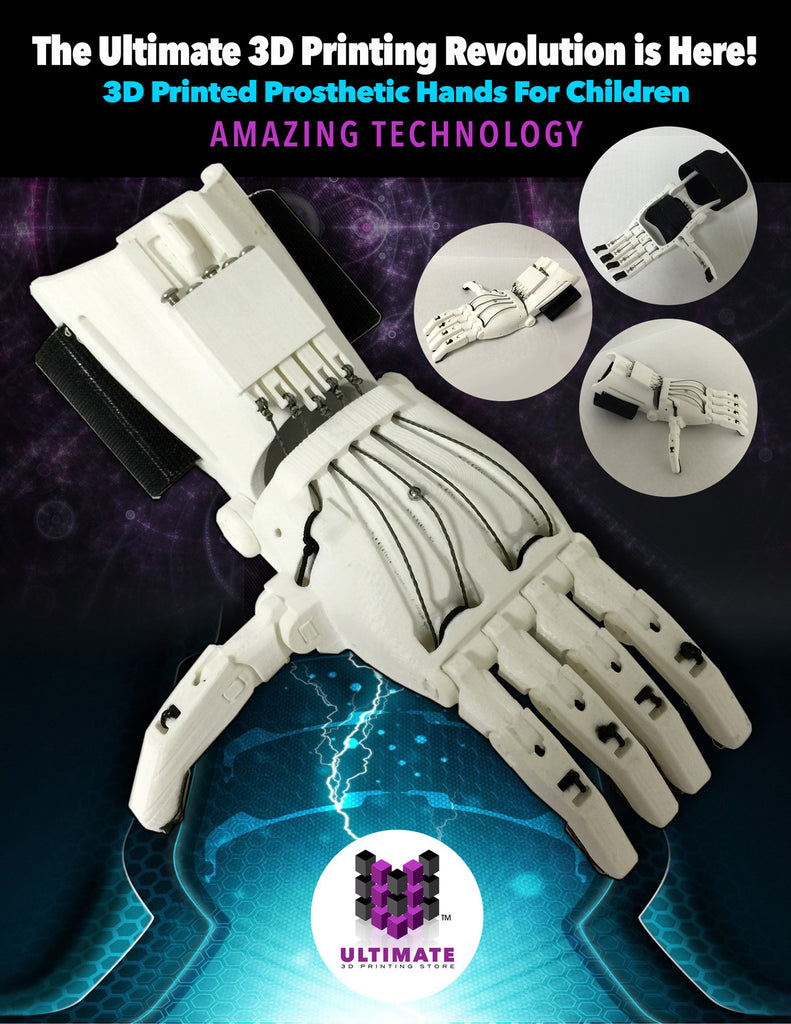Ultimate 3D Printing Guide
What is a Filament Dryer and Why is it Needed?
Everyone wants the best quality print but sometimes the quality of the print is not completely in the operator’s hands. The ever-frustrating problem… moisture. Certain filaments are extremely prone to absorbing moisture (hygroscopic), which ruins the print completely. Thankfully, there is a machine that removes the moisture from the filament; it is known as a filament dryer!
The Purpose of a Filament Dryer
The filament dryer dehydrates the filament so that there is no remaining moisture inside. After drying a filament, the visual looks of the filament may be a lot improved. For example, a filament could be extremely shiny, and not intended to be, but after drying the filament it can return to its original state when it was new.
The filament dryer is extremely helpful for some very absorbent materials such as nylons. Nylon filament can absorb a high amount of water in a very short period of time. With the water, often comes warping.
A good indicator that nylon has too much moisture inside of the filament is when the filament steams, crackles, or pops as it extrudes. The filament dryer will remove all of these aspects because the water will no longer be in the filament roll.
Why Filaments Need to be Dry
Filaments need to be dry because it affects the quality of the print. Not only could it ruin the print entirely, but too much moisture in a spool of filament will significantly reduce any chance of producing quality objects from that spool. This is why most filaments will come in a vacuum-sealed bag.
Once the filament is removed from the bag, then moisture will start penetrating the spool over time. If filaments are stored in humid places or open to the air, then it can be essential to dry it. The water that is absorbed by the filament has a strong chance of acting as a release agent on the print surface. This means that the moisture will be fighting the filament, as the filament tries to stick to the print surface.
If you want the print to be successful, you should start it with a dry roll of filament. Otherwise, you risk warping. By combining optimized settings with a filament dryer, even the most challenging filaments can be 3D printed with good results.
Length of Time Filaments Should Be Dried
Different filaments need to be dried for different lengths of time. Also, depending on the filament, the temperature in which the filament needs to be dried also varies due to the melting point. Be sure not to heat the filament dryer too high or the filament inside can melt or soften to a point where the spool can no longer be used. This is why it is most beneficial to dry two of the same kind of filament at the same time.
PLA should dry at about 45°C. The recommended length of time for drying is four hours or less. PLA should especially be dried if it has ever been exposed to the elements.
ABS should dry at about 60°C for under two hours. PETG it Needs to dry at about 65°C. PETG should dry for under two hours as well. One of the main filaments that need to be used with a filament dryer is nylon.
Nylon should be dried at 70°C for up to 12 hours. If nylon still seems to have moisture in it after 12 hours of drying, then 24 hours in total should do the trick.
Dryer and Spool Holder Combined
With good design and integrity in mind, the PrintDry Filament Dryer not only dries the filaments but also allows for the filaments to be dried as they are fed into the 3D printer while in the process of printing. This is because inside of the filament dryer, there are two rotating spool holders and a hole for each of these spool holders that allows for the filament to be fed through. This way, especially for a long and extensive print, the filament will not absorb moisture as it is printing.
Number of Filament Rolls Held
The PrintDry Filament Dryer also is suitable for the dual extruder and multi-material 3D printers. Since the filament dryer can carry up to two rolls of filament inside, multiple filament spools can be dried at once. With this, the temperature inside of the filament dryer can be adjusted with an easy-to-use knob. Further, since the filament dryer is fully enclosed, it helps minimize the sound.
Vacuum Sealed Dry Box
The filament dryer is great for removing moisture from a filament roll, but the filament still needs to be stored in a place without moisture. Otherwise, whenever trying to print with the spool that had been dried in the past, it would have to go through the entire process of drying again. Made by the same company, PrintDry, as well, the filament dryer’s companion is a vacuum-sealed filament dry box. Custom made for filament rolls specifically, these containers come with a pump that removes the air and essentially vacuum seals the container. While the PrintDry Filament Dryer can come with one of these dry boxes, it is well worth it to invest in the set of five. This way, there is no need to worry about the amount all filaments that have to be stored.
Conclusion
With all of these factors, a filament dryer and dry boxes should improve 3D printing dramatically. Especially with nylon, without a way to dry the filament, it is very tough to produce a quality print. When printing with hygroscopic filaments, it is a night and day difference between a moisture-filled roll of filament and a dried roll of filament.


